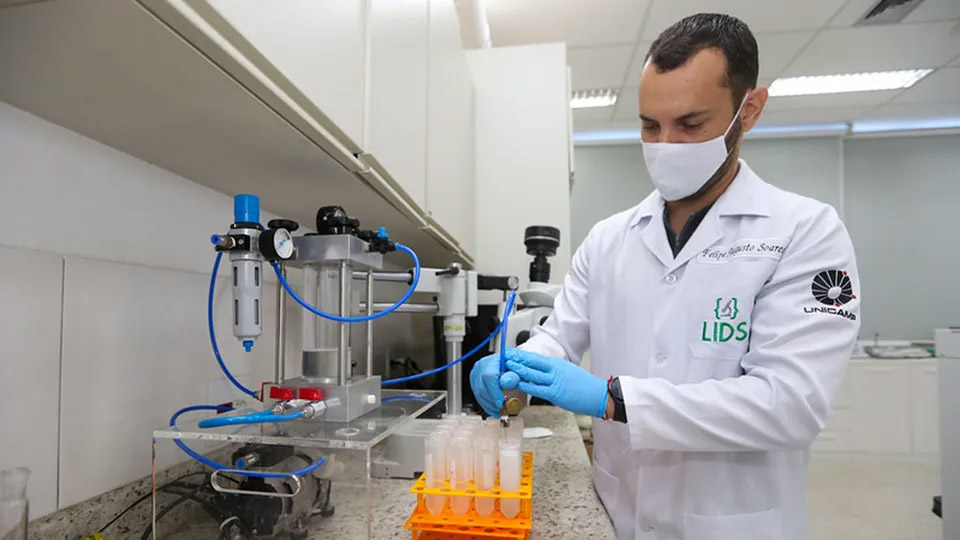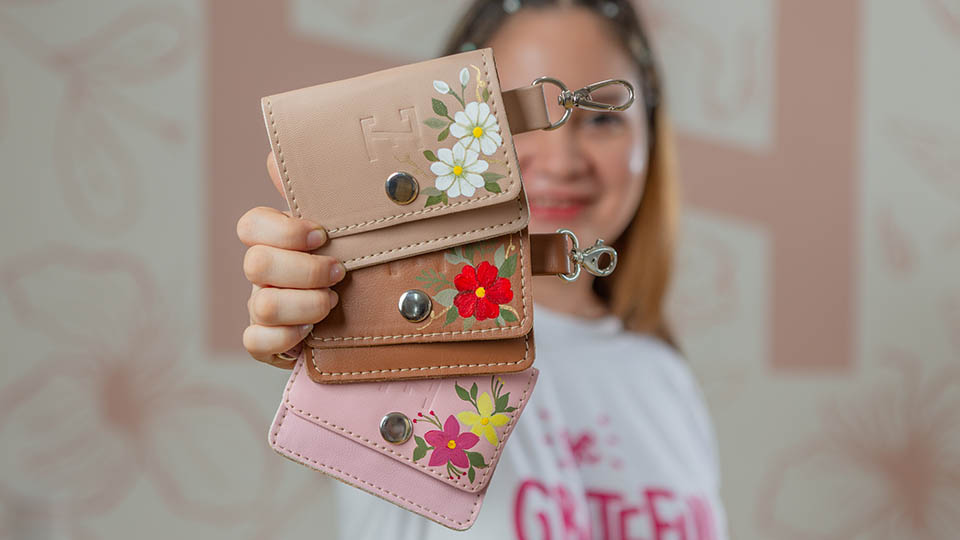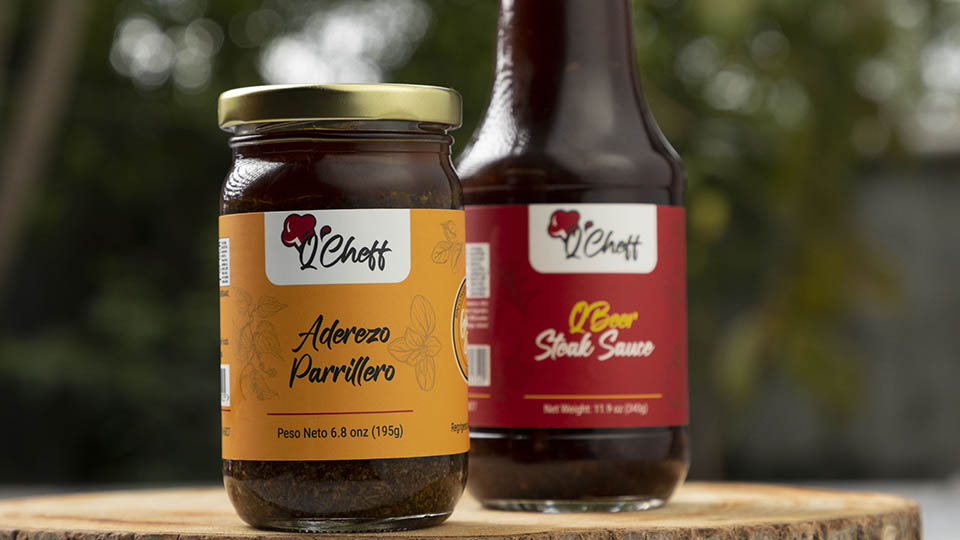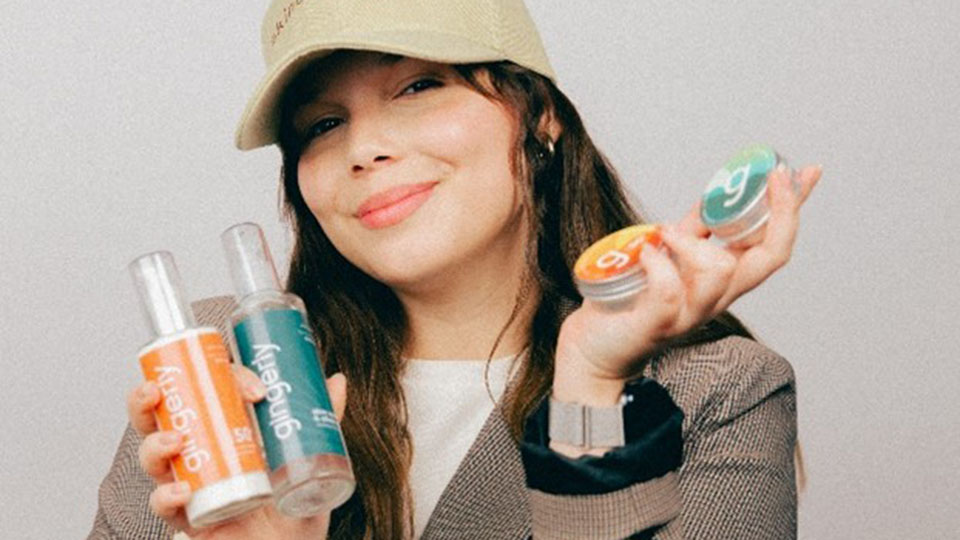Bosideng International Holdings Ltd., China
Based in Shanghai, the most populous city in the People’s Republic of China (PRC), Bosideng International Holdings Limited (Bosideng) is one of the largest manufacturers of down apparel (insulated clothing) in the world.

With four core brands – including Bosideng Man and Snow Flying – and over 13,000 retail outlets in the country, Bosideng has expanded its corporate presence beyond the PRC and successfully entered the international market.
As a result of its expansion, Bosideng has not only introduced Chinese design to the rest of the world; the apparels maker has also adapted its designs to suit an international clientele while winning a number of awards.
In 2013, the company was a truly global brand with an expanding commercial foothold in some of the world’s centers of fashion – such as London, the United Kingdom (UK). At the same time, Bosideng was set to expand into the rest of Asia, Europe and North America.
Research and development
Bosideng was established in 1976 by Gao Dekang, a precocious tailor-turned-entrepreneur from Chanshu – a county-level city in Suzhou, in the eastern coastal province of Jiangsu, which is just north of Shanghai. Shortly after graduating from high school, Mr. Gao began work as a tailor (in 1972) within his father’s small textiles business – which made men’s and women’s apparel.
A precocious talent with a keen eye for fashion and business, Mr. Gao soon set up a factory in his home town. With six sewing machines, 11 workers, and materials procured and carried by bicycle between Shanghai and Chanshu, the factory was able to produce textiles for clients in the region.
On one of his many 180 kilometer bicycle round trips to Shanghai (carrying 100 kilograms of tailoring materials or finished products), Mr. Gao came across customers standing in line to buy coats made of down – or fine feathers; they are used to insulate clothing.

Recognizing a business opportunity for selling such coats as mass-market products for the winter season, and yet not having the capital to do so, the entrepreneur taught himself how to make down-filled clothing. As Mr. Gao noted, “The down clothes industry in China started from the 1970s. But actually some people had already begun to wear them in the sixties. It was considered a luxury to wear down clothes at the time. Nobody realized its market potential.”
The company’s subsequent success, beginning in 1984, was largely based on the sale and manufacture of down coats – indeed, having abandoned the bicycle, the entrepreneur rapidly exhausted six motorcycles before buying a car in order to deliver his coats to buyers.
This new-found success, however, met with mixed results. Although there was a clear demand for down coats in the south of the PRC (Mr. Gao sold 620,000 coats, or 90 percent, of his initial stock within that winter season), the entrepreneur found it difficult – in part due to logistics constraints – to expand elsewhere in the country.
In order to reach other domestic markets (by 1995 the entrepreneur’s down coats had become the market leader in Suzhou), the tailor and businessman made three key decisions. Firstly, Mr. Gao re-branded his factory and registered it as Bosideng – a Chinese transliteration of Boston, an international city in the United States of America (USA) that is, in part, known for its cold winters.
Secondly, the entrepreneur redesigned his down coats and differentiated them from those of competitors (which were usually black or blue, heavy and puffy, and commonly referred to as “bread coats,” a name derived from mantou, a local bread) by adding color and making them lighter and more streamlined.
Finally, as the entrepreneur’s capital and manufacturing capacity began to increase, Mr. Gao was able to make investments that pushed the company up the value-chain. As a result, Bosideng was transformed from a small-scale buyer of raw materials and seller of finished products to a bona fide manufacturer of mass-market clothes (especially down coats) and tailoring equipment.
In this period, moreover, the company was able to make finished clothes for other retailers and brands in addition to those it made under its own label. Bosideng’s lighter and more streamlined down coats, furthermore, could be worn beyond the winter season and right up to spring – thus extending the product’s shelf life.

With a new corporate identity, improved designs for its core product, and new product lines coming on board (Bosideng in this period began producing off-season clothes in addition to down apparel), the company’s competitiveness and profit increased rapidly. From humble beginnings in a remote city, as of 2013 the company was not only the largest manufacturer of down coats in the PRC; Bosideng was also creating new, bespoke quality brands and products for an international market.
Branding and commercialization
With the PRC producing 60 percent of the world’s down coats, Bosideng has been keen to develop its branding and commercialization strategy in order to take advantage of this important sector of the fashion industry. At the same time, the company has diversified its portfolio of products, raised brand awareness, implemented efficiency in its production processes, and created quality goods with universal appeal.
Having established a foothold in the down clothes market of the PRC, in 1997 Bosideng consolidated its position in this lucrative market by participating in the country’s first Down Clothes Fashion Show. Later in the same year, the company increased its brand awareness in the national consciousness by sponsoring two teams of explorers from the PRC – one team ascended Mt. Everest and the other walked across the Antarctic. The latter campaign resulted in Bosideng’s flag flying in one of the coldest places on the planet – further enhancing the company’s reputation nationally and within the world of winter or extreme weather sports and activities.
The company has relied on high profile industry events to market its brands. Bosideng, for instance, presented its light weight autumn line of down clothes during the Jiangsu International Apparel Fair – an industry event, based in Jiangsu province, for down clothes manufacturers.
By the turn of the 21st century, the company was turning its sights beyond the PRC to global markets such as the European Union (EU), Japan and the USA. Working with renowned international designers, the company redesigned and repositioned its products in order to attract an international clientele while maintaining its Chinese heritage.
As the entrepreneur said, “We cooperated with Pierre Cardin [an Italian-born French fashion designer]. And at my lecture at Harvard [in the USA], I explained how I tried to incorporate Chinese culture into our brand.”

Not only are Bosideng’s clothes for the international market made by renowned British, Italian or French designers; the company’s clothes are made of luxurious materials such as cashmere and merino, which are popular in Europe. Bosideng’s designs, moreover, incorporate styles, colors and finishing details that are trendy internationally.
Spearheading the company’s expansion into the EU is the Bosideng Man brand – which is targeted at European men via the company’s first flagship store outside the PRC. Opened in 2012 and situated in the fashionable West End district of London, UK, the 35 million pounds sterling (US$53 million), 1,600 square meters Bosideng store is testament to the company’s bold ambitions.
As a company spokesperson said, “Every customer who has visited our store or purchased a product has recognized the brand and the quality, and these customers are in no doubt that Bosideng London is a premium brand.”
The Bosideng Man store in London has a wide variety of trendy clothing (in addition to down apparel): informal and formal jackets, shirts, waistcoats, trousers, suits, jerseys, shorts, knitwear, shoes and accessories. The company, furthermore, has increased its competitiveness by developing a number of quality brands for men, women and children that are launched under particular themes such as seasonal lines.
By 2013 there were four premium down brands for men and women in the company’s portfolio: Bosideng Man; Snow Flying (for adventure and winter sports enthusiasts); Kangbo (a casual down wear label); and, Bengen (a youthful down wear brand mainly for women).
Bosideng, in addition, has strengthened its presence in the clothing market of the PRC by refurbishing its flagship stores and entering joint ventures with other companies. The company has also acquired brands in order to break into new markets.
Bosideng, for instance, has worked with expert branding companies in order to redecorate its stores in the PRC (as well as enhancing customer service training for staff and improving window and interior decor) to improve customers’ shopping experience.
In 2009, moreover, the company began retailing a franchise brand – called Rocawear – in northern cities of the country such as Beijing, Shanghai and Handzhou. Partly owned by Iconix Brand Group Inc., a brand development company, Rocawear – which originates in the USA and caters for both men’s and women’s non-down clothing – has allowed Bosideng to extend its market reach in the PRC. Apart from the Rocawear label, the company has acquired a number of brands or collaborated to develop them via joint ventures with other retailers.
Some of Bosideng’s brand acquisitions or collaborations are: Jessie (both casual and mid to high end wear for women); Bosideng-RICCI (a multi-purpose brand for women); Magoa (casual wear for twenty year olds); D. D. Cat (a brand for children); and, Vetallo (a luxury brand for men that combines European and Chinese fashion styles).

As for positioning its many brands in the marketplace, the company has developed a different strategy for each depending on customer demographics. To this end, Bosideng creates clothes for toddlers, young adults and young professionals; employs a wide price range with mass-market goods on one end and premium goods on the other; and, competes in a variety of fashion categories such as outdoor and sportswear, casual clothes, business attire and accessories.
In addition to brand positioning, Bosideng has created a strong presence on the Internet via an interactive e-commerce corporate website. Supplementary to the website, the retailer has embraced social media such as Facebook, Twitter, and a You Tube – in order to market its products and reach a wide catchment of customers. Indeed, some of the company’s TV commercials, for instance, can be viewed via its You Tube channel.
Bosideng has also utilized traditional marketing tools in order to promote its brands and products, including national TV advertisements – which have been broadcast during prime-time hours in the PRC. Other forms of product promotion have been: collaboration with established fashion magazines; sponsorship of major sporting events; and, endorsement by celebrities.
Bosideng, further, has distinguished its goods in the market by developing quality products. With this in mind, the company has relied on innovative and colorful fabrics that are also odorless. The designs, in addition, are water proof and stain-repellent. The company, lastly, has improved its internal and external logistics mechanism and adopted state of the art software that has streamlined its various divisions.
Trademarks, domain names, and IP management
Having established one of the largest and most recognizable brands in the PRC and, increasingly, in the rest of the world, Bosideng has been keen to protect its corporate identity internationally. To this end, the company has relied on the intellectual property (IP) system.
The company applied for a trademark for Bosideng as a word and with Chinese language characters (in 1997, 2005, and twice in 2010) in one of its most lucrative markets, the EU, at the Office for Harmonization in the Internal Market (OHIM). Wishing to expand into the USA, another market with growth potential for the company, Bosideng registered a trademark (2004) for one of its core brands – Kangbo – at the United States Patent and Trademark Office (USPTO).
A year later, a trademark was registered for Bosideng BSD also at the USPTO. The company’s corporate name – Bosideng – and a brand intended for the USA – BSD Bosideng USA – have both been registered (2013) at the USPTO.
Bosideng’s first flagship store outside the PRC, moreover, has had its brand name – Bosideng London – registered at the UK’s IP office (UKIPO).
In addition to securing trademarks for important brand identities in key markets around the world, the company has utilized domain name registrations to protect its IP assets and avenues for future development.

As of 2013, the company had registered at least three domain names: a bi-lingual website for its primary market in the PRC (www.bosideng.com); a website specifically for English speakers; and, a website for the London store (www.bosidenglondon.com).
Bosideng, furthermore, has taken extra measures that seek to enhance the security of its IP assets while informing and educating customers (via the company’s website) on how to identify genuine brands in its portfolio.
The company, for instance, has created two brand identification and anti-counterfeiting systems: an oval laser label or sticker with the company’s trademark image; and, a long, silver stripe that can be scratched to reveal a product code. Both systems are attached to the labels of each item of clothing or accessories made by the company and can be used to verify a product’s origin by a customer contacting the company.
Business results
Since its foundation in the middle of the 1970s, Bosideng has climbed up the international corporate ladder and become a rising star among apparel manufacturers. In the process, the company has set new standards of excellence and won a number of awards.
For seventeen consecutive years, between 1995 and 2011, Bosideng was the number one down-apparels company in the PRC, a feat acknowledged by the China International Clothing and Accessories Fair. Total sales of the company’s core brands up to the end of that period accounted for 34.5 percent of the sales of down apparel in the PRC, according to the country’s National Bureau of Statistics.
Of the company’s more than 13,000 retail outlets in the PRC, approximately 11,900 sold down apparel and 1,500 sold non-down clothes. In addition, Bosideng’s brands were ranked 13th in the country’s “Most Valuable Brand” (2011) list by the PRC government’s General Administration of Quality Supervision, Inspection and Quarantine.
Mr. Gao, meanwhile, was ranked one of the “25 Most Influential Chinese in Global Fashion Industry” (2011) by Forbes. A year later, the company that he founded was valued at approximately US$2.4 billion with annual revenues of approximately US$1.34 billion.
The Chanshu tailor’s cut
From Chanshu to Shanghai to London and beyond, Bosideng’s journey to international fashion stardom was made possible due to its founder’s intuition for good fortune, his keen eye for fashion, and his sharp nose for business. Pivotal to the company’s expansion was an innovative re-branding and re-tooling effort by Mr. Gao that has been supported by the IP system. Customers around the world, meanwhile, can enjoy quality clothes and accessories made with Chinese heritage and international design.



